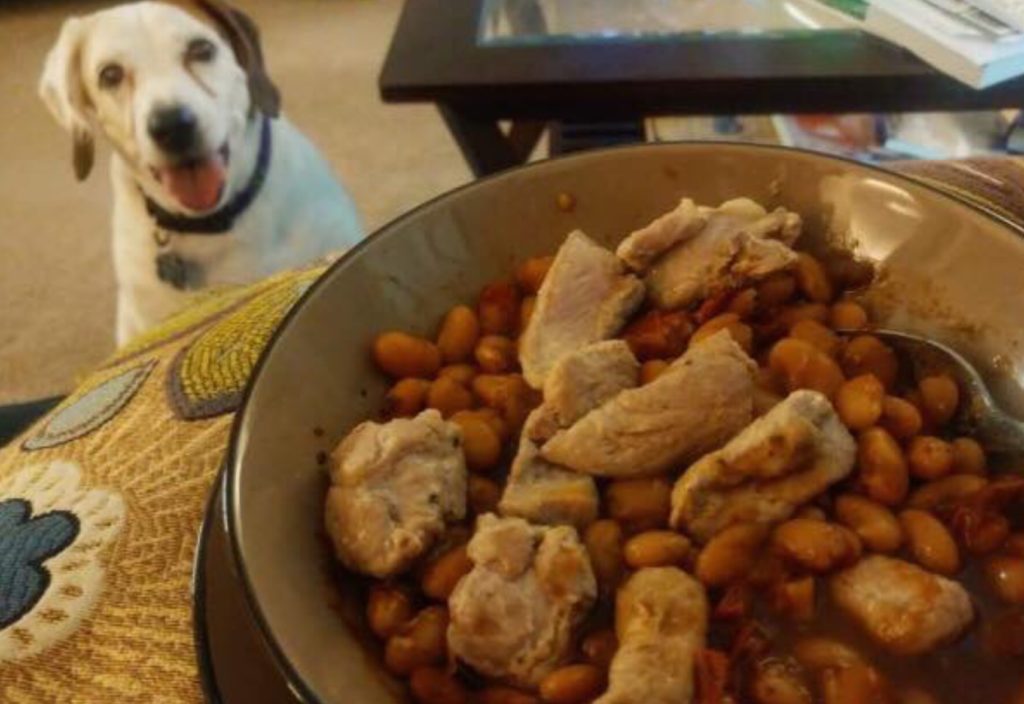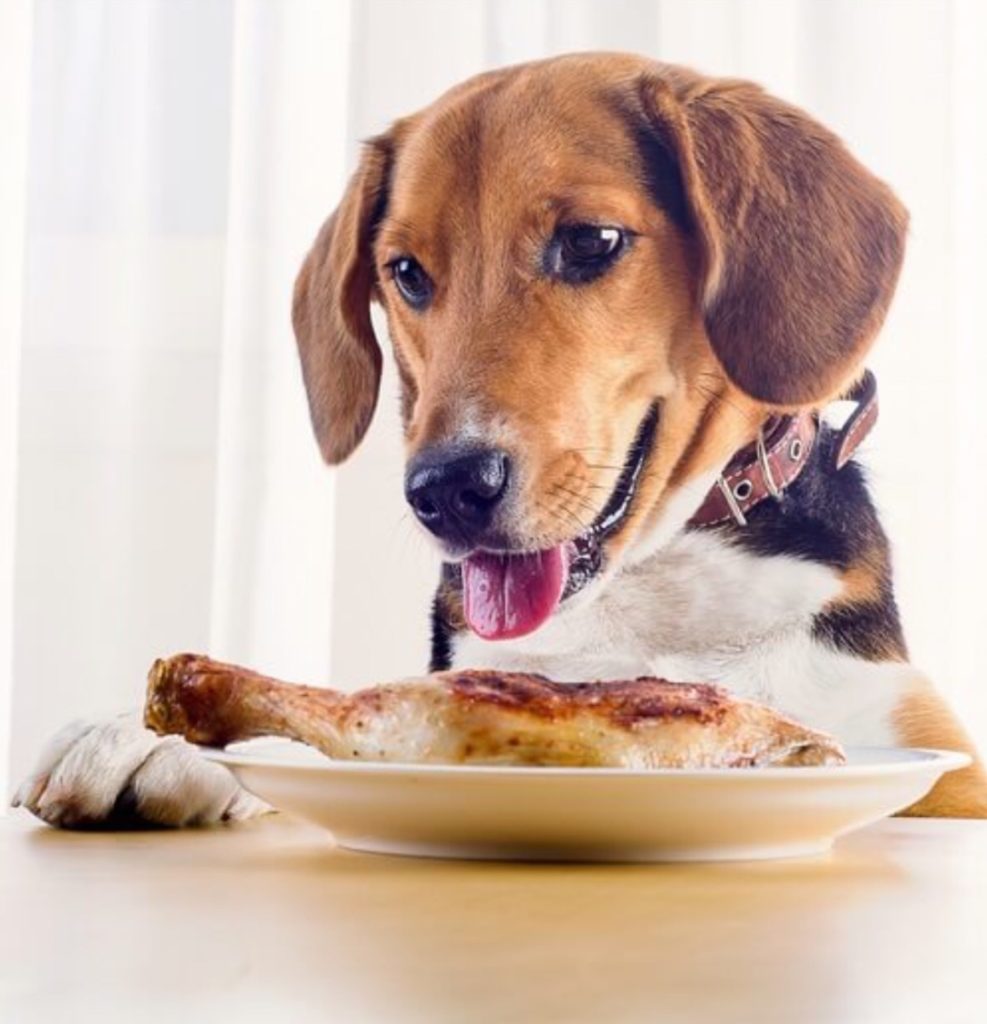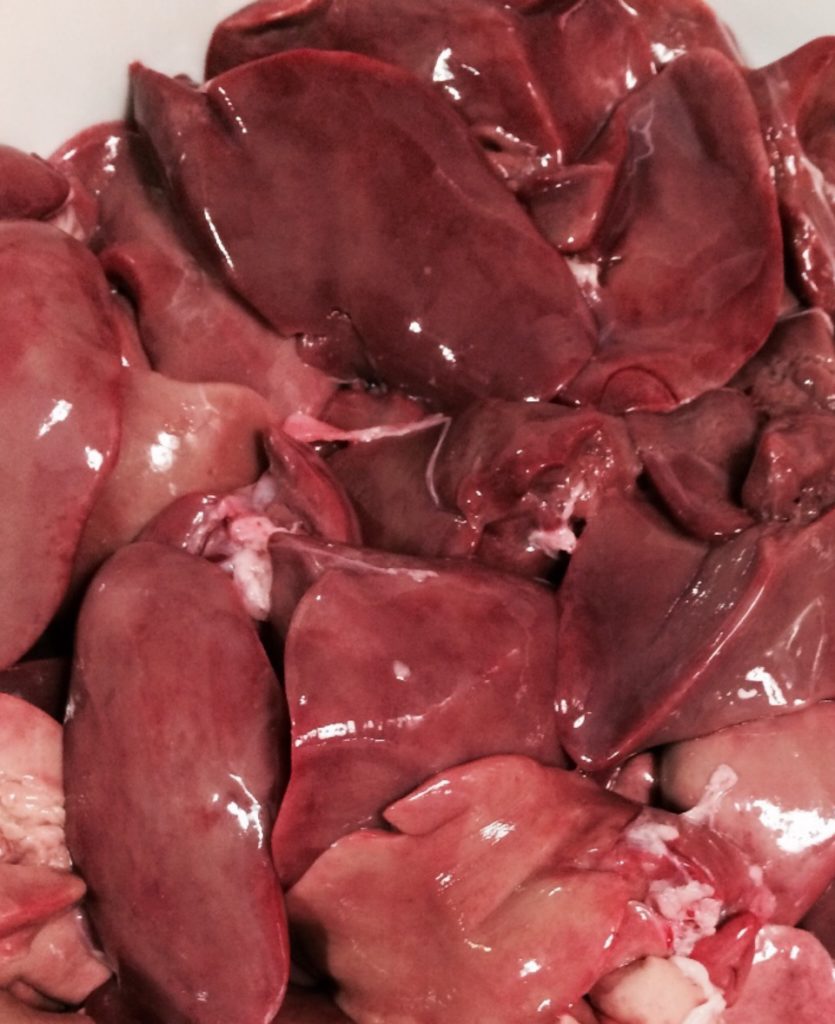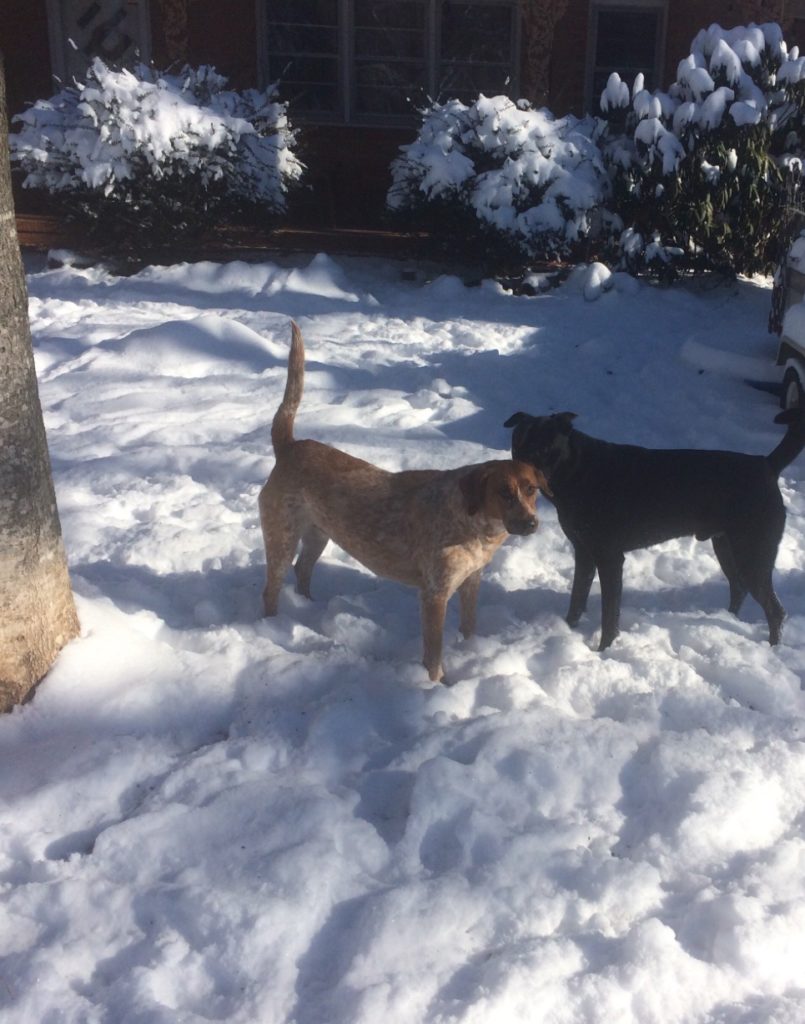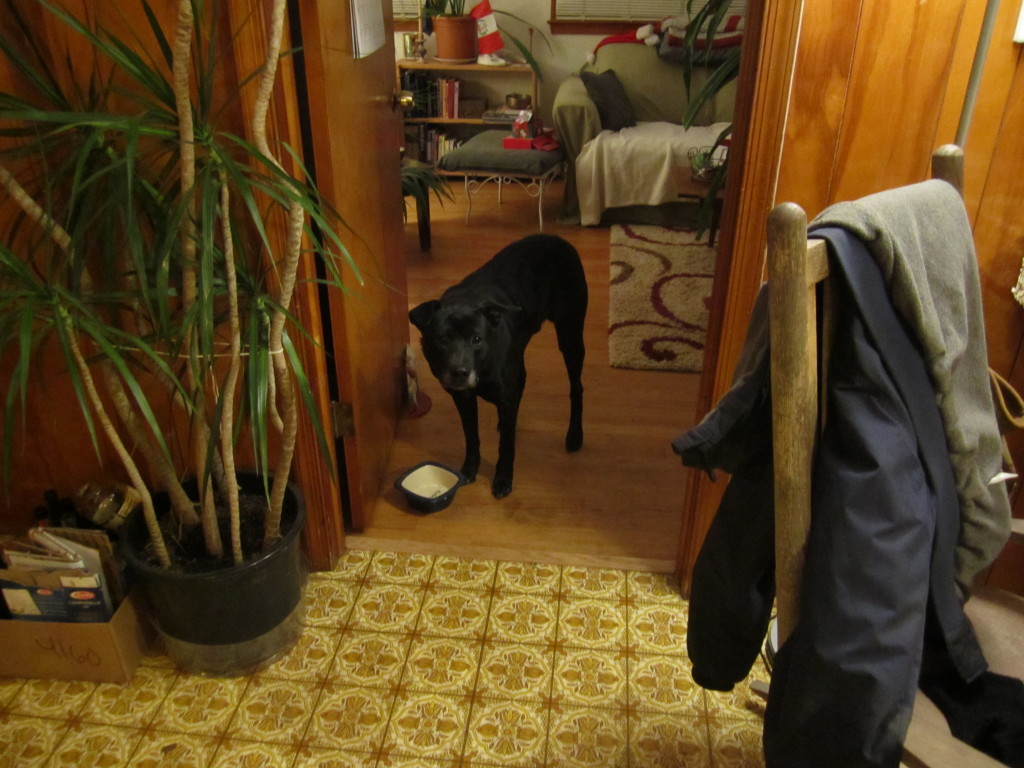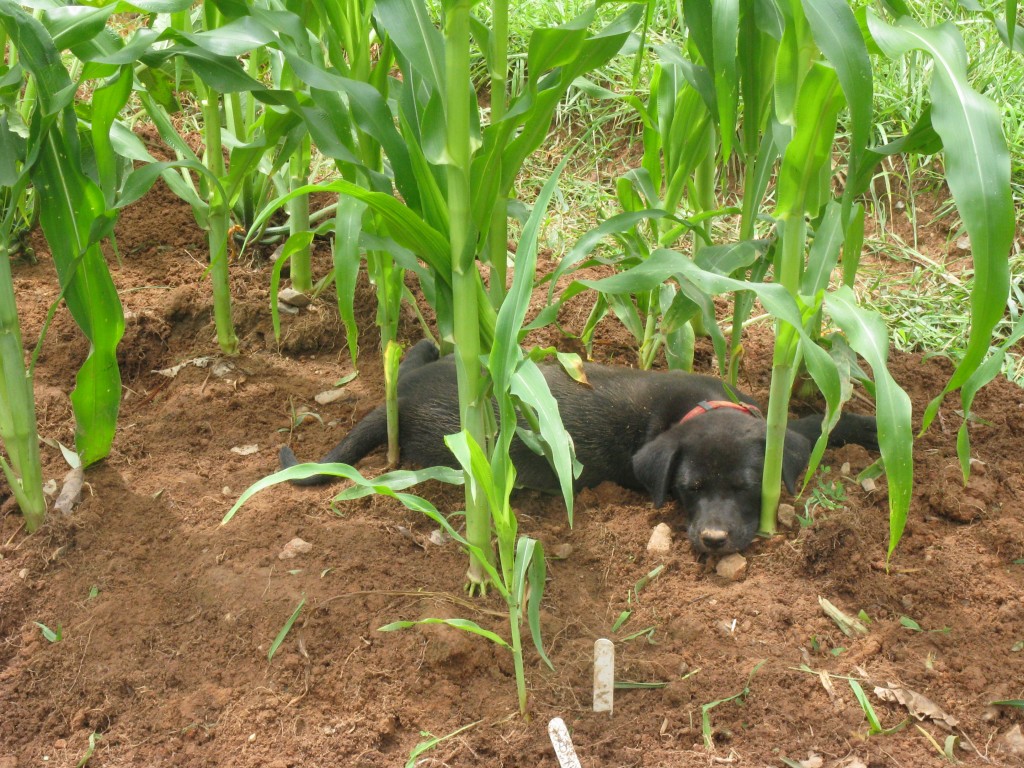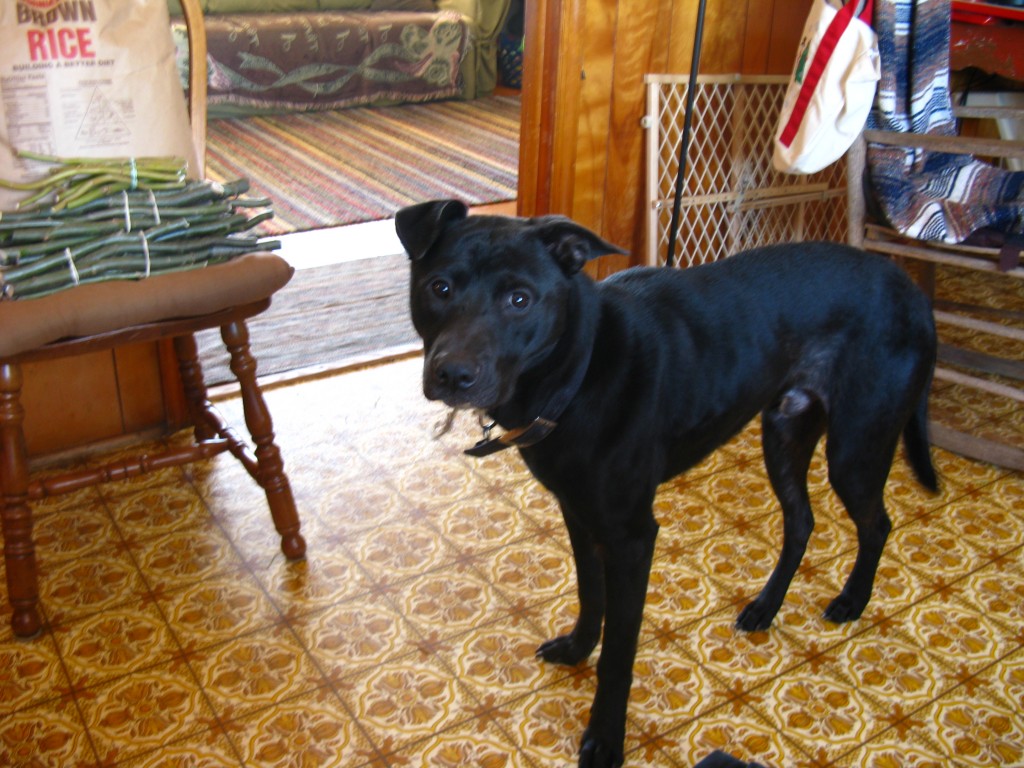Did you know that pets love our meat, too? Perhaps you’re feeding a raw diet… Necks, carcasses, hearts, and livers are great for dogs and cats! Or maybe you’re supplementing your pet’s everyday food… Duck eggs, meaty bits, and even duck fat are nutritious and delicious additions to their diet! Megan’s dog, Banjo, sure thinks so (see the below image for proof, haha!).
Whatever tickles your fancy, we’ve got you and your cats and dogs covered! Nutrient dense organ meats are great as supplements and raw carcasses and gelatinous broth provide an awesome treat! Don’t forget about dishing out your leftover fat or even a scrambled or raw duck egg from time to time!
Pets Need Nutrient Density Too
Especially if you feed your pet a fully or partially raw diet, it’s important to to to feed them all of the organs and all of the parts of an animal that they would eat had they tracked and killed that animal in the wild. Organ meats (like hearts and livers) are the most nutrient-dense part of the animal, so they’re a must for pets who eat raw!
Why Organ Meats?
Organ meats are densely packed with just about every nutrient, including high doses of many of the B vitamins: B1, B2, B6, folic acid, and B12. They are also filled with important minerals like phosphorus, iron, copper, magnesium, and iodine, and they provide the important fat-soluble vitamins A, D, E and K. It’s also important to know that animals raised outside on grass, like our birds, contain even higher levels of these essential nutrients than their grain-fed, “cage free” counterparts! That’s huge!
Where to Start?
So, you’ve decided to feed your pet some of our meat, but where do you start? We have a lot of options available, so you can select cuts that fit easiest into your routine! Some of our customers feed raw or cooked necks (if cooked, folks often shred the meat off the bone). We feed a variety of goodies to our dogs, Bolt and Coona. Sometimes they’ll enjoy a raw duck egg, other times a dollop of duck fat, or leftover tendons and cartilage from a chicken soup. Their current favorite snack is broth jello, made from the bones and carcasses of our Red Ranger chickens.
